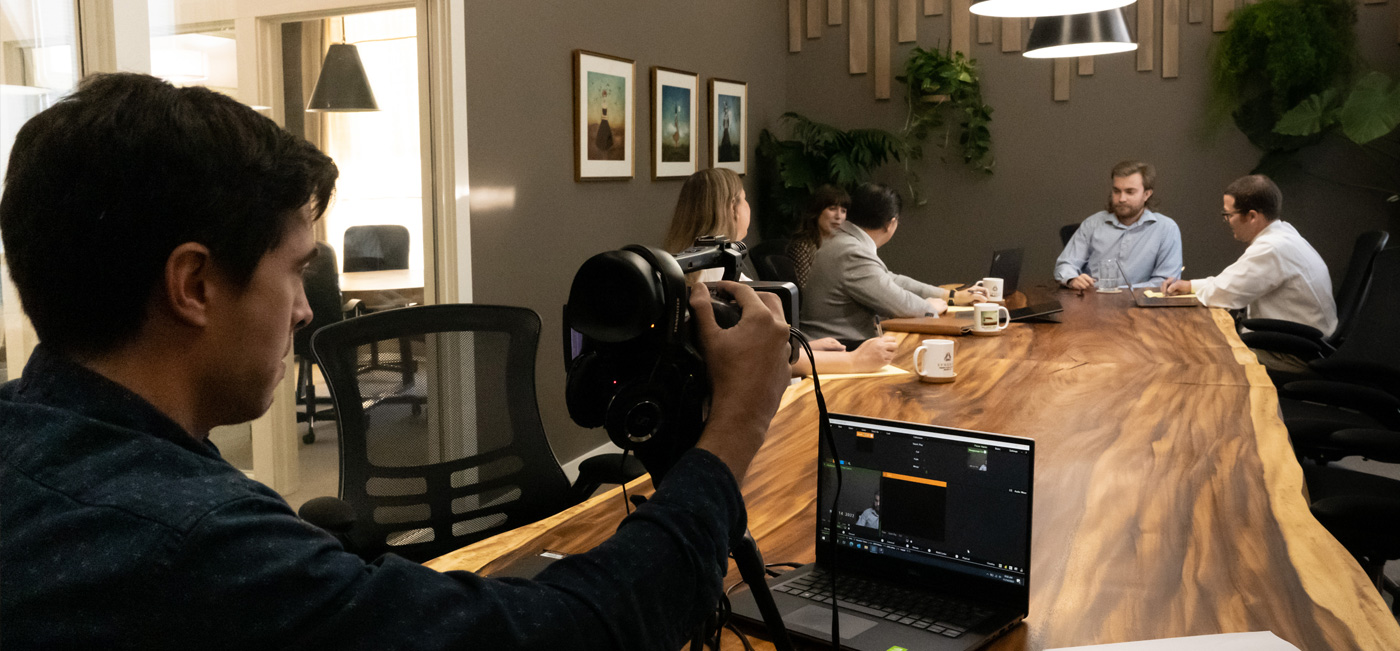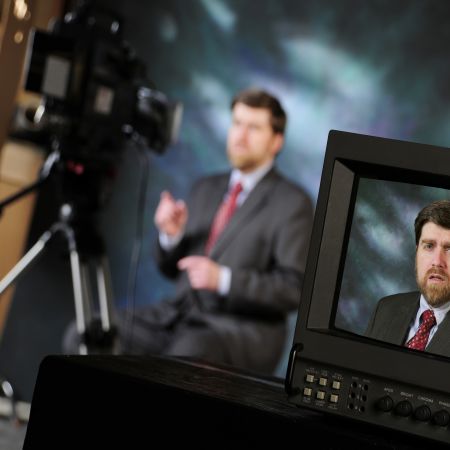How Legal Videography Boosts Courtroom Discussions and Evidence
Digging Into the Systems of Lawful Videography: Introduction Its Operation in Safeguarding Authentic Visual Statement for Judicial Process
In the realm of judicial proceedings, the duty of legal videography stands as a keystone in protecting and providing visual proof. As innovation proceeds to development, the systems behind lawful videography have become progressively elaborate, supplying an important layer of authenticity to testimonies caught on video clip.
Historic Advancement of Legal Videography
Analyzing the historical progression of lawful videography reveals a substantial change in the catching and presentation of visual proof within the lawful landscape. In the past, legal procedures greatly depended on composed records and pictures to record events and supply evidence. With the arrival of video clip modern technology, the lawful industry saw a paradigm shift in how visual statement was captured and offered.
The evolution of legal videography can be mapped back to the late 20th century when innovations in video recording equipment made it a lot more accessible for use in courts. This technical improvement not just boosted the accuracy and integrity of visual evidence but also transformed the means situations were presented to juries and judges (Legal Videography). Lawyers started to identify the influential power of video clip recordings in conveying emotions, nuances, and non-verbal cues that written photographs or transcripts alone can not capture efficiently
Technology Improvements in Video Paperwork
What key technical advancements have reinvented video documents in the lawful area? The lawful field has seen significant developments in video documentation modern technology that have actually boosted the credibility and dependability of visual evidence in judicial proceedings. One of the essential developments is high-definition (HD) video recording abilities, which give crystal-clear photos and sharp details that are essential for properly capturing testaments, faces, and various other visual cues. In addition, the integration of timestamping and metadata functions in video documents tools has enabled precise documentation of when and where the video was tape-recorded, making sure the integrity of the proof provided in court.
Moreover, developments in video encryption and watermarking technologies have reinforced the safety and tamper-proof nature of video proof, protecting it versus unauthorized changes or tampering. The advent of cloud storage space services and remote accessibility capacities has structured the storage space, retrieval, and sharing of video clip proof, assisting in seamless partnership amongst legal experts and ensuring reliable accessibility to vital visual testimonies when required. These technological developments in video paperwork have undoubtedly transformed the lawful area, improving the accuracy, credibility, and admissibility of visual proof in judicial proceedings.
Function of Legal Videographers in Courtroom Setups
The development of video documentation innovation in the legal field has actually necessitated a critical function for lawful videographers in courtroom setups, making certain the stability and dependability of visual testimonies offered during judicial proceedings. Legal videographers play an essential role in recording and protecting precise aesthetic proof that can be critical in court situations. Their obligation reaches establishing up devices, videotaping procedures, and creating top notch videos that precisely show the events in the court.
In courtroom setups, legal videographers have to stick to rigorous guidelines and criteria to maintain the credibility of the aesthetic record. They have to possess a keen eye for detail and an extensive understanding of lawful treatments to guarantee that the footage they capture is a true representation of the events that transpired. Furthermore, lawful videographers typically work carefully with legal groups to make certain that the video clip proof lines up with the instance's needs and can be effectively offered in court to sustain the legal arguments being made. On the whole, the role of legal videographers in court setups is important in upholding the principles of justice and ensuring the transparency of lawful process.

Ensuring Admissibility and Stability of Video Clip Evidence
To keep the integrity of visual proof offered in lawful process, ensuring the admissibility and honesty of video clip proof is an important duty for legal videographers. Admissibility describes the acceptance of proof by the court, and for video proof to be permissible, it must satisfy particular requirements. Legal videographers play a vital function in making sure that the video clips my response they record abide with the policies of proof, such as importance, authenticity, and dependability.
Stability of video clip proof involves i was reading this keeping the creativity and precision of the video from the moment it is tape-recorded until it is provided in court. This consists of firmly storing the video documents, recording the chain of custody, and protecting against any type of meddling or alterations. Lawful videographers need to comply with rigorous methods to assure the stability of the video clip evidence and stop any kind of difficulties to its authenticity.
Future Trends in Legal Videography
Offered the increasing reliance on innovation in lawful proceedings, lawful videographers are positioned to accept ingenious innovations shaping the future of visual statement capture and presentation. One of the prominent fads on the perspective is the combination of digital truth (VR) and increased truth (AR) technologies right into lawful videography. These technologies have the possible to reinvent just how aesthetic proof is offered in court rooms, allowing courts and judges to submerse themselves in the scene of the crime or case.
Furthermore, making use of fabricated knowledge (AI) formulas for video analysis is expected to simplify the process of reviewing and assessing huge amounts of video footage. AI can aid in determining crucial moments, anomalies, and patterns within videos, enhancing the performance of lawful investigations.

Final Thought
In final thought, helpful site lawful videography has actually played a critical function in supplying genuine aesthetic evidence for judicial process. With technical innovations and the proficiency of legal videographers, the honesty and admissibility of video proof are ensured in court settings. As legal videography proceeds to evolve, it will certainly be important to maintain criteria that keep the accuracy and reliability of visual statement for the future of legal proceedings.
Checking out the historical progression of legal videography exposes a significant change in the recording and discussion of aesthetic evidence within the legal landscape.The development of video clip documentation technology in the legal field has demanded an important function for lawful videographers in courtroom settings, making certain the stability and integrity of aesthetic statements provided during judicial process. Furthermore, legal videographers commonly function carefully with legal groups to guarantee that the video evidence aligns with the case's demands and can be properly provided in court to sustain the legal debates being made.To maintain the trustworthiness of visual proof provided in lawful proceedings, making sure the admissibility and honesty of video evidence is a critical responsibility for legal videographers. As legal videography continues to evolve, it will certainly be necessary to promote criteria that keep the accuracy and dependability of aesthetic statement for the future of legal proceedings.